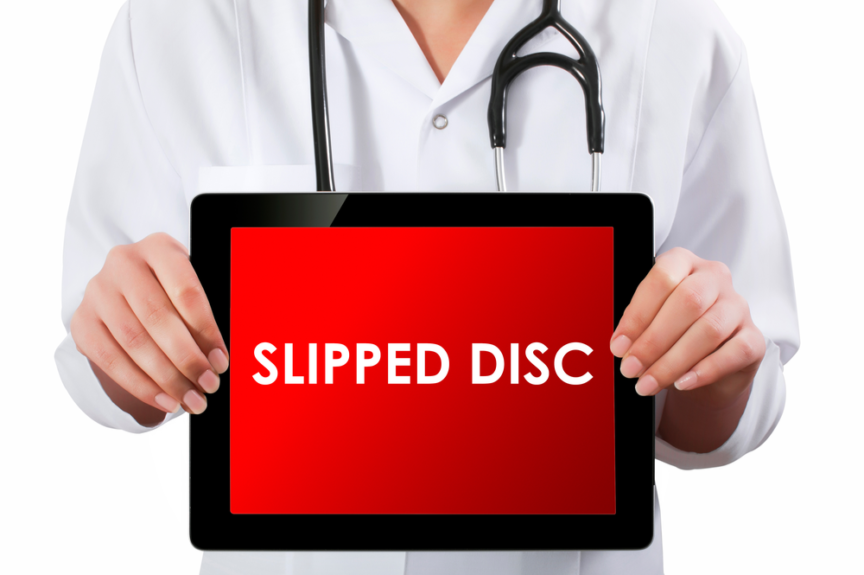The spinal column is a complicated entity with many different working parts that keep your body in balance, as well as help to keep you moving and alive. It is made up of multiple bones, called vertebrae, that are stacked on top of one another. Included in the column is seven bones in the cervical spine, while there are 12 in the thoracic spine, and five in the lumbar spine. In between each of the vertebrae are disks that cushion the bones. The disks protect the various bones by working like a sponge in between disks to absorb shock and impact incurred throughout daily activities and movements such as lifting, walking, etc.
There are two parts that make up each disk, including a soft inner part, and a tougher outer counterpart. When a disk breaks out of the outer tougher region, it is called either a slipped, herniated, or prolapsed disk. It can be extremely painful and cause continuous discomfort for a person experiencing it. If you have heard the saying that someone or something is the “backbone” of something, you can understand how important the spinal column and all of its counterparts are, as it quite literally keeps us together.
What symptoms occur from a slipped disk?
It is possible to incur a slipped disc in any section of your spinal column, all the way from your lower back up to the top of your neck. There are multiple nerves and blood vessels that run throughout your spinal column and your spinal cord, and a slipped disk can protrude out and irritate as well as put intense strain on these nerves and vessels which can cause pain and discomfort, often expanding further than just your back and neck.
The various symptoms of a slipped disk can be:
- Pain
- Numbness
- Tingling
- Burning
- Extended pain to the arms or legs
- Extended numbness or tingling to arms or legs
- Pain often existing on one side of the body
- Pain after standing for long periods of time
- Pain after sitting for long periods of time
- Pain after walking, even for short distances
- Weakness in one’s muscles
How does a slipped disk occur?
Whenever the outer region of the area is injured or becomes torn or weak, the inner region of the disk is then susceptible to slipping out of where it is supposed to be. This can happen when your body, back or neck more specifically, is twisted or turned, or if the direct area incurs harsh impact. The older we become and the more frail and worn our bodies get with normal aging and wear down, the easier it is for this injury to happen.
How do I know if I have a slipped disk?
If you believe you may have a slipped disk, you will need to visit your Plano spine doctor. He or she will first do a physical exam to locate the area of the spine where the pain and discomfort is coming from. If your doctor suspects a possible slipped disk, they will want to do a type of imaging test. Different tests they may want to conduct would likely include X-rays, MRI scans, CT scans, and discograms.
What next?
If you are looking for a trusted team of neurological and spinal experts, here at NeuroSpine Surgical Consultants, we can help. Our practice has everything you need under one roof, from diagnosticians, surgeons, to recovery experts and rehabilitation therapists, we can assist you from start to finish. Contact us today so we can help you start feeling back to normal.

